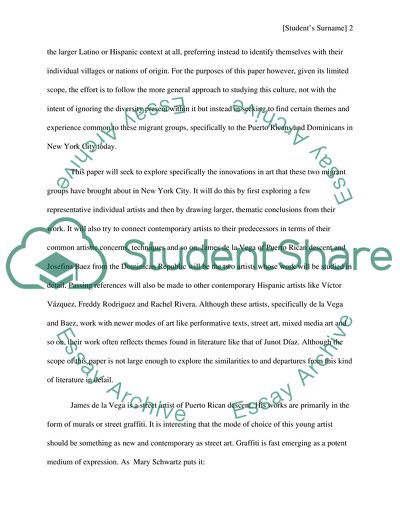Cite this document
(Dominican and Puerto Rican Artists in NYC Coursework - 1, n.d.)
Dominican and Puerto Rican Artists in NYC Coursework - 1. https://studentshare.org/music/1785194-popular-culture-literature
Dominican and Puerto Rican Artists in NYC Coursework - 1. https://studentshare.org/music/1785194-popular-culture-literature
(Dominican and Puerto Rican Artists in NYC Coursework - 1)
Dominican and Puerto Rican Artists in NYC Coursework - 1. https://studentshare.org/music/1785194-popular-culture-literature.
Dominican and Puerto Rican Artists in NYC Coursework - 1. https://studentshare.org/music/1785194-popular-culture-literature.
“Dominican and Puerto Rican Artists in NYC Coursework - 1”. https://studentshare.org/music/1785194-popular-culture-literature.


